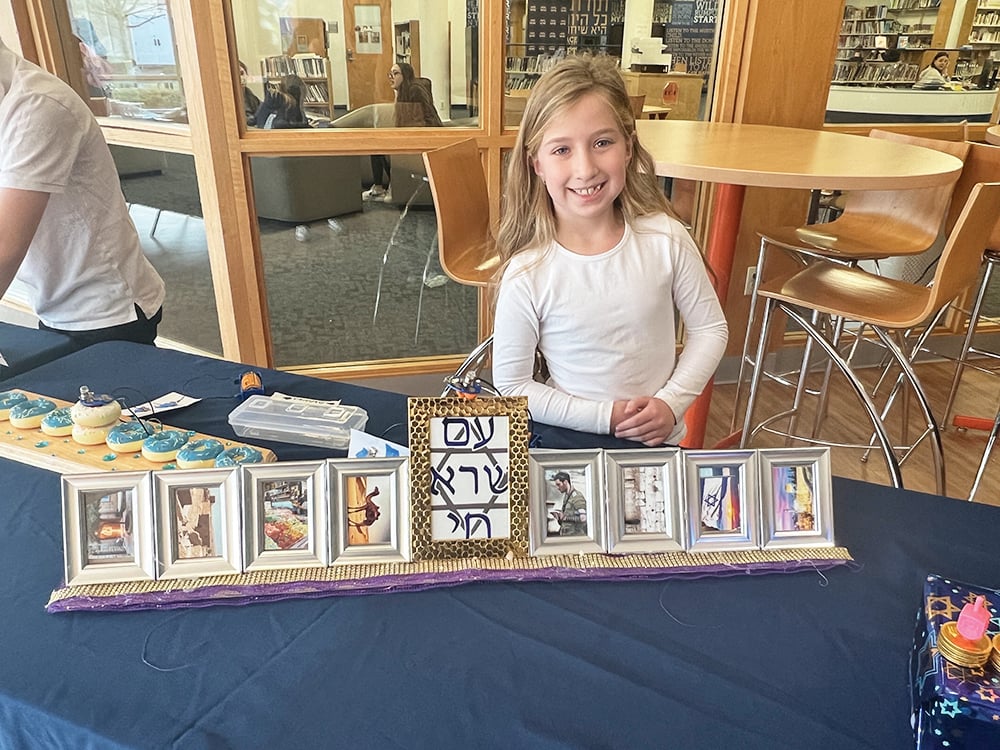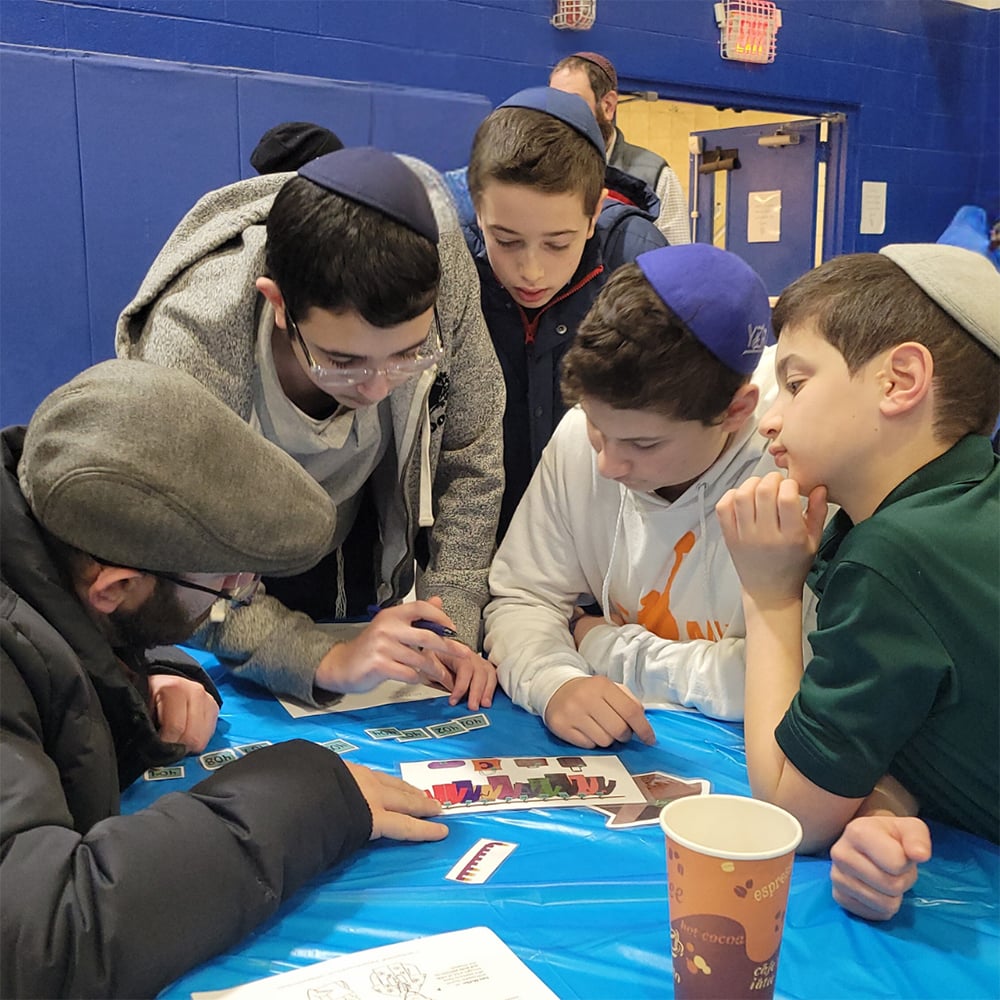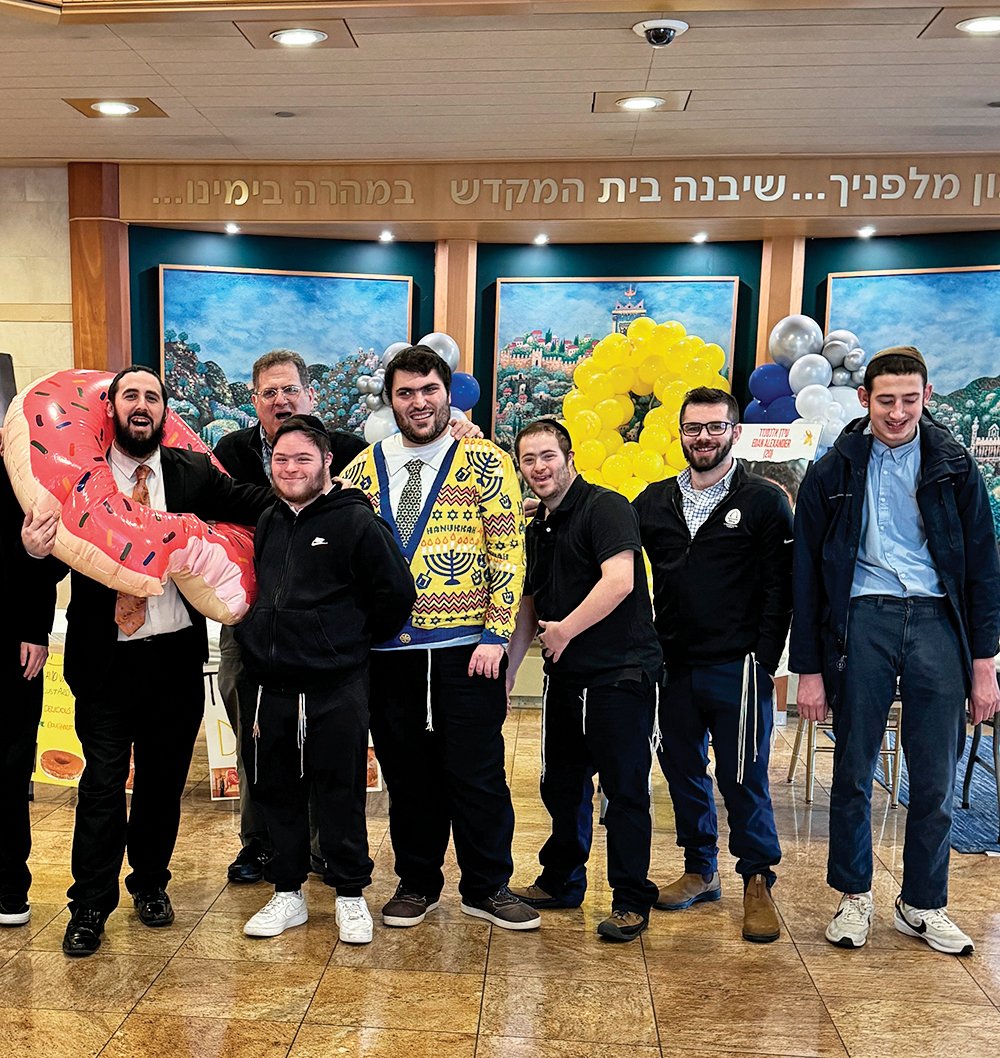This year I had the privilege of spending Tisha B’Av in Camp Nageela, a kiruv summer camp in upstate New York. Being in a kiruv camp during the Three Weeks and eventually Tisha B’Av presents a set of challenges. In order to develop an understanding and sensitivity of what it means to not have a Beis Hamikdash, we withhold ourselves from certain pleasures leading up to Tisha B’Av. Starting from the Three Weeks we refrain from swimming, haircuts and listening to music. During the Nine Days we refrain from wearing freshly laundered clothing and eating chicken and meat. In order to awaken our spiritual side to feel a spiritual loss, we start slowly by awakening our physical side by invoking discomfort in the above manners. Unfortunately, these concepts are foreign, strange and ineffective to the uninitiated.
Kids who come to Camp Nageela expect to have a fun and normal summer experience full of activities, music and good food. Our goal as a camp is to provide all of the above within a joyful Jewish atmosphere. We try, for example, to show that you can live a happy and more fulfilling life by serving God and sticking to the Torah as your guide. But it has to be practical. Telling kids they can’t swim or listen to music during their time in camp, no matter how compelling your arguments for the truth of God and Judaism, will, in the majority of cases, leave them confused and apathetic to your odd way of life. We therefore rely on heterim to allow campers to do the things Jews refrain from during this period of the year.
The fact that we are in such a position that the above is necessary is a true cause to mourn. But even so, the challenge of being a staff member in such an environment is clear. How can I facilitate my campers’ fun while deepening and maintaining their understanding and sensitivity to the loss of the Beis Hamikdash?
What Am I Missing?
When a loved one dies, there is mourning. This is a natural human response to loss. There is a deep pain caused when one loses something he once had that he loved so much. Knowing nothing will bring them back results in anguish, frustration and bitter tears. We are told to mourn the destruction and loss of the Beis Hamikdash. A building. A building we never saw. A building our parents and grandparents never saw. How can we grieve over something we don’t have any connection to?
Ramchal writes in his work Derech Hashem that God created the world to bestow goodness upon man. This is accomplished by granting man free will to choose good over evil. Upon doing so, man attaches himself to God, the source of good. This is the work of a lifetime. We follow God’s word as written in the Torah to know and do what is good. But even after accepting this mission we don’t always have clarity as to what the correct next step is. We daven to Hashem and seek guidance from those who are more knowledgeable and connected to God for clarity in our own lives. And yet there is still uncertainty.
When the Beis Hamikdash stood, the Shechina had a resting place in this world. I don’t know all of the ramifications of such a phenomenon, but I do believe that whatever clarity we have today without a Beis Hamikdash would have been significantly increased with a Beis Hamikdash standing. We would be that much closer to fulfilling our purpose and ultimately feeling closer to Hashem. Everyone is able to compare their growth from when they were a child, through adolescence and adulthood. We know what it means to have more understanding and connection. Without a Beis Hamikdash, we are drastically further away from Hashem. This is a loss we can mourn.
For 2,000 Years?
In Sefer Bereishis we are told the story of when Yosef was presumed dead by his father Yaakov. He was inconsolable. This is explained by the commentaries as follows: When someone dies, their loved ones’ grief, on a natural plane, is eternal. Hashem decreed that after one year, the deceased will be “forgotten” to the extent that their loved ones will be able to regain control over their own lives and continue onward. Yosef, however, wasn’t dead. Yaakov therefore wasn’t granted divine “forgetfulness” over his son. Instead, he continued to mourn.
The batei mikdashim were destroyed thousands of years ago. Granted, the mourning should last longer than the allotted time for the death of a person, but for thousands of years? If the Beis Hamikdash is lost, then when are we given divine forgetfulness to move on? The answer is obvious. True, the structure of the Beis Hamikdash was destroyed, but God’s presence remains. Instead of having a world infused with holiness that the Shechina carried with it, we live in a world that is spiritually void. The Shechina still exists, but like Yosef, is not here with us. This loss has endured for thousands of years and will continue to endure until we are again reunited with a third Beis Hamikdash and the Shechina.
Inverted Mourning
When we mourn the loss of a loved one, the most intense feelings of pain and loss are at the outset of that loss. Gradually, over time, the pain begins to diminish. Many ask: Then why, when we mourn the loss of the Beis Hamikdash, do we mourn gradually from the Three Weeks to the Nine Days and eventually, to the most intense mourning of Tisha B’Av?
Based on the above, I would like to suggest an explanation. The loss of the Beis Hamikdash is different from the loss of a loved one. Unlike the loss of a loved one which occurs only on the day of death (until techiyas hameisim), the loss of the Beis Hamikdash occurs every second of every day. Like with a lost son, the father cannot be consoled until he is reunited with his child. Therefore, in theory, we should be mourning all year round. But this is not a practical and effective way to live, as Hashem wants us to serve Him with joy. Therefore, the time to focus on the loss and grow from it was limited to these three weeks. But feeling this loss is difficult, as outlined above. It takes time and effort to dwell on our purpose in the world, our distance from our Creator and to be bothered by that distance. This is the purpose of the Three Weeks—to give us time to gradually build sensitivity and sadness regarding the loss of the Beis Hamikdash. We all need to think of our own growth—where we fall short and where we can improve to advance us to the time of the rebuilding of the Beis Hamikdash and the return of the Shechina. By focusing on these ideas, it is possible, in any circumstance, to develop a sensitivity and appreciation for the Beis Hamikdash and what it represents. May we see its rebuilding speedily in our days.
Zev Levin learns in Yeshiva Ruach haTorah in Lakewood NJ. He resides with his family in Teaneck.













